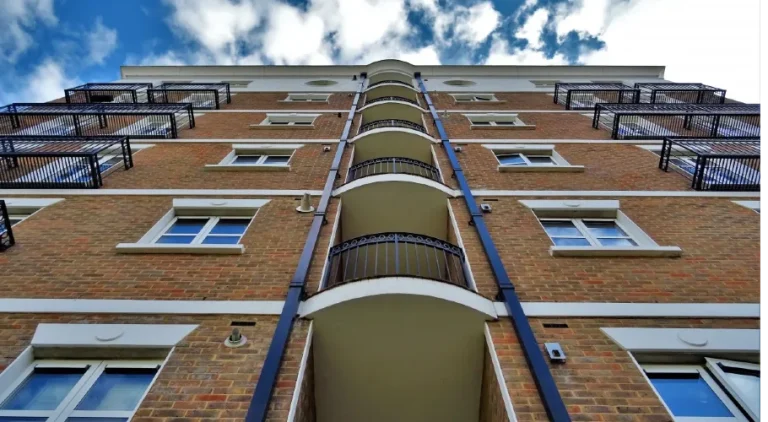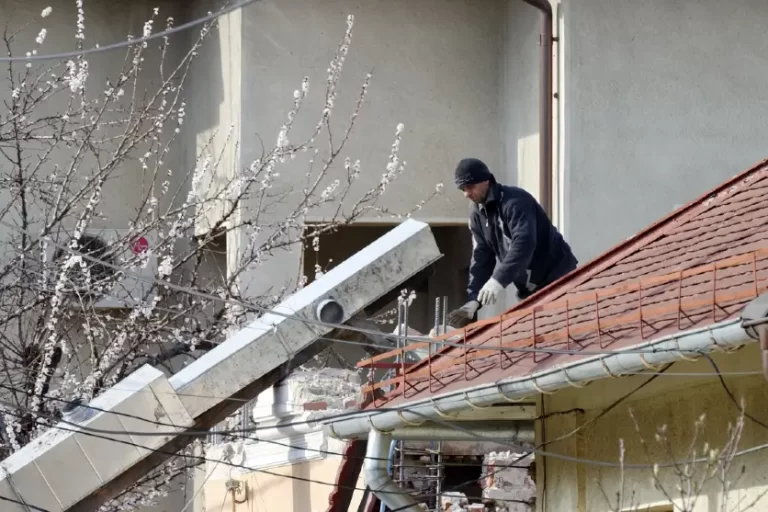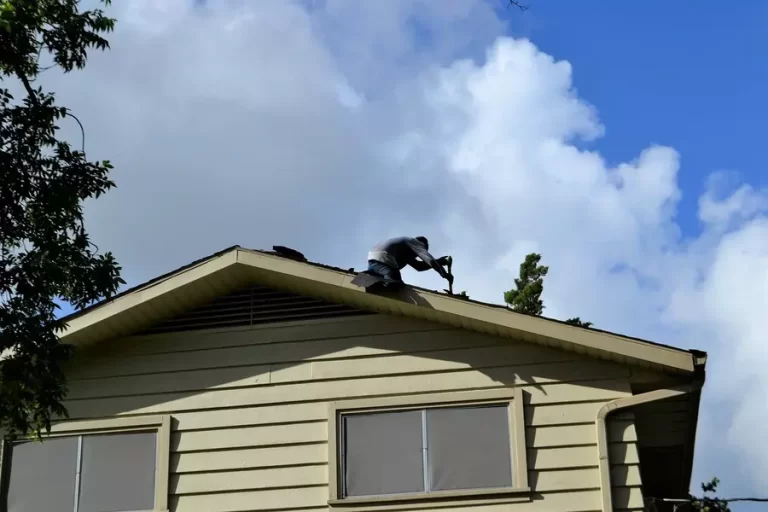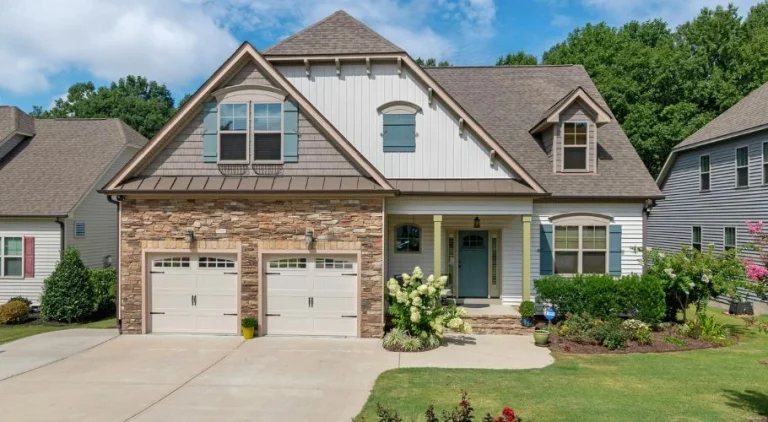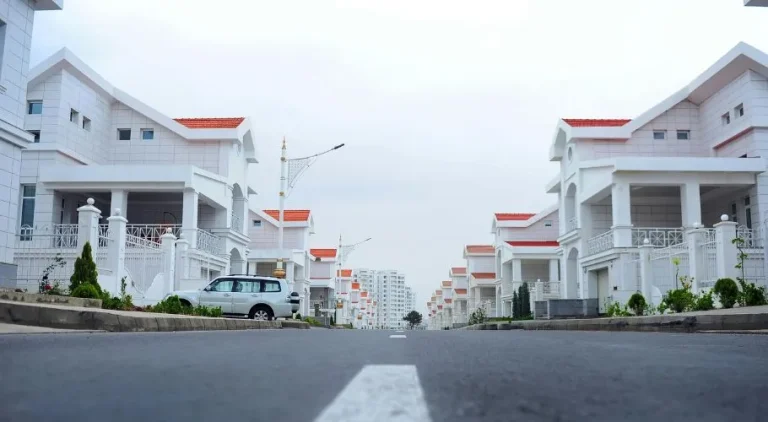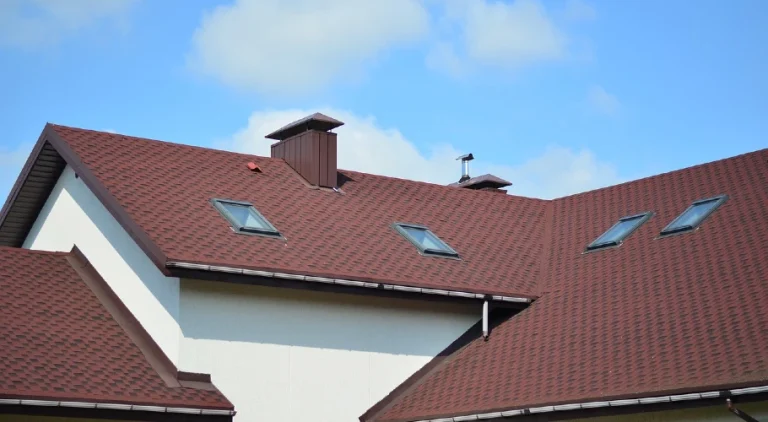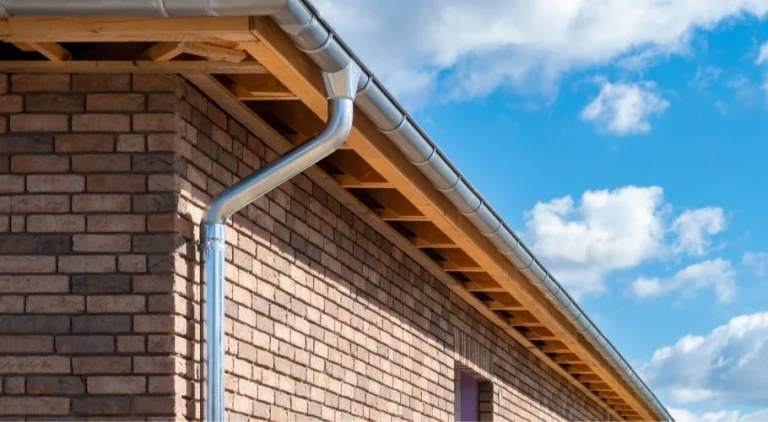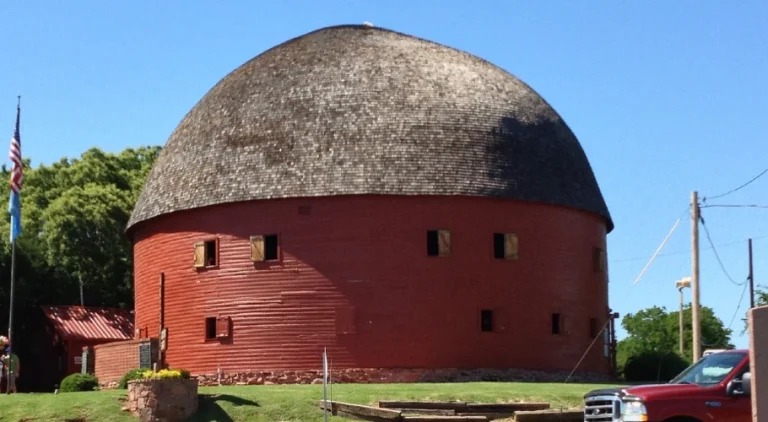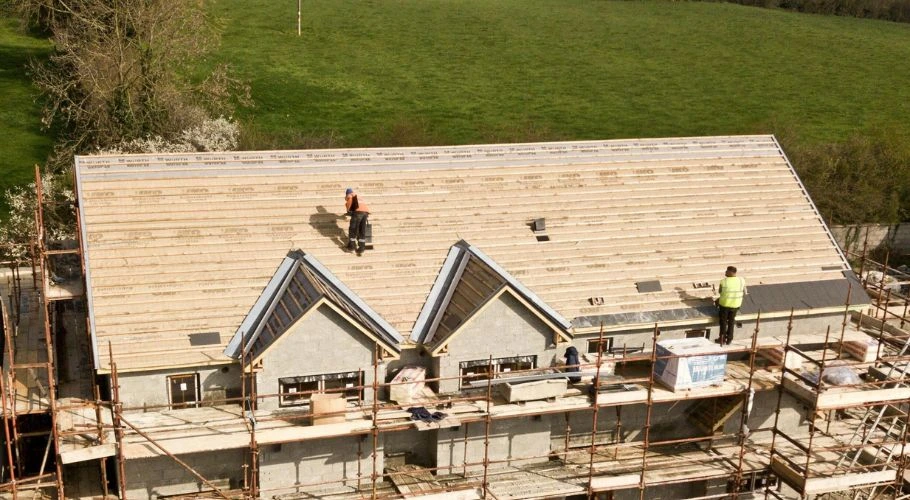Exploring Sustainable Roofing Options for Eco-Friendly Homes
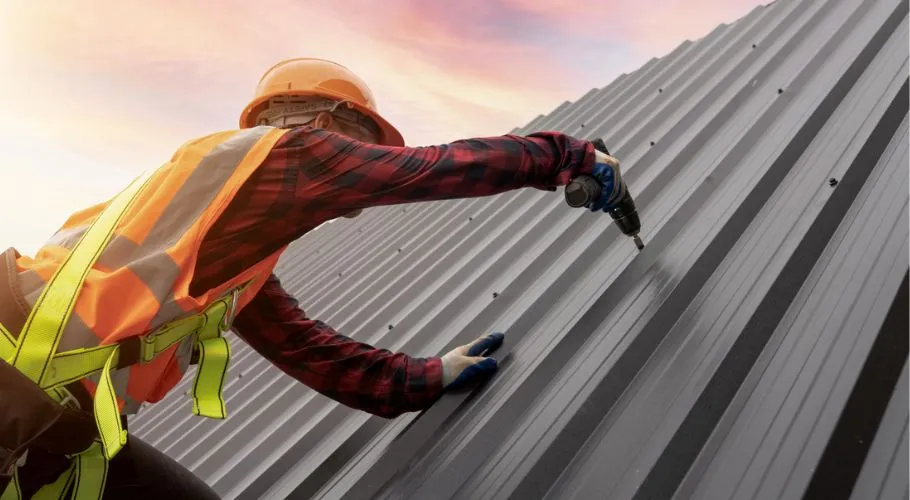
Exploring sustainable roofing options reveals a world of environmentally responsible choices that prioritize both durability and aesthetic appeal. Metal roofs stand out for their recyclability, energy efficiency, and long-lasting durability. Clay or terracotta roofs offer a natural, enduring material with excellent insulation properties. Wood shingles provide a renewable resource that’s biodegradable and adds a charming aesthetic to any home. Green roofs, adorned with vegetation, not only enhance the visual appeal but also reduce heat absorption, improve air quality, and effectively manage stormwater runoff. Choosing these sustainable roofing solutions not only benefits your home but also contributes to a greener, more eco-friendly future.
Eco-Friendly Roofing Materials
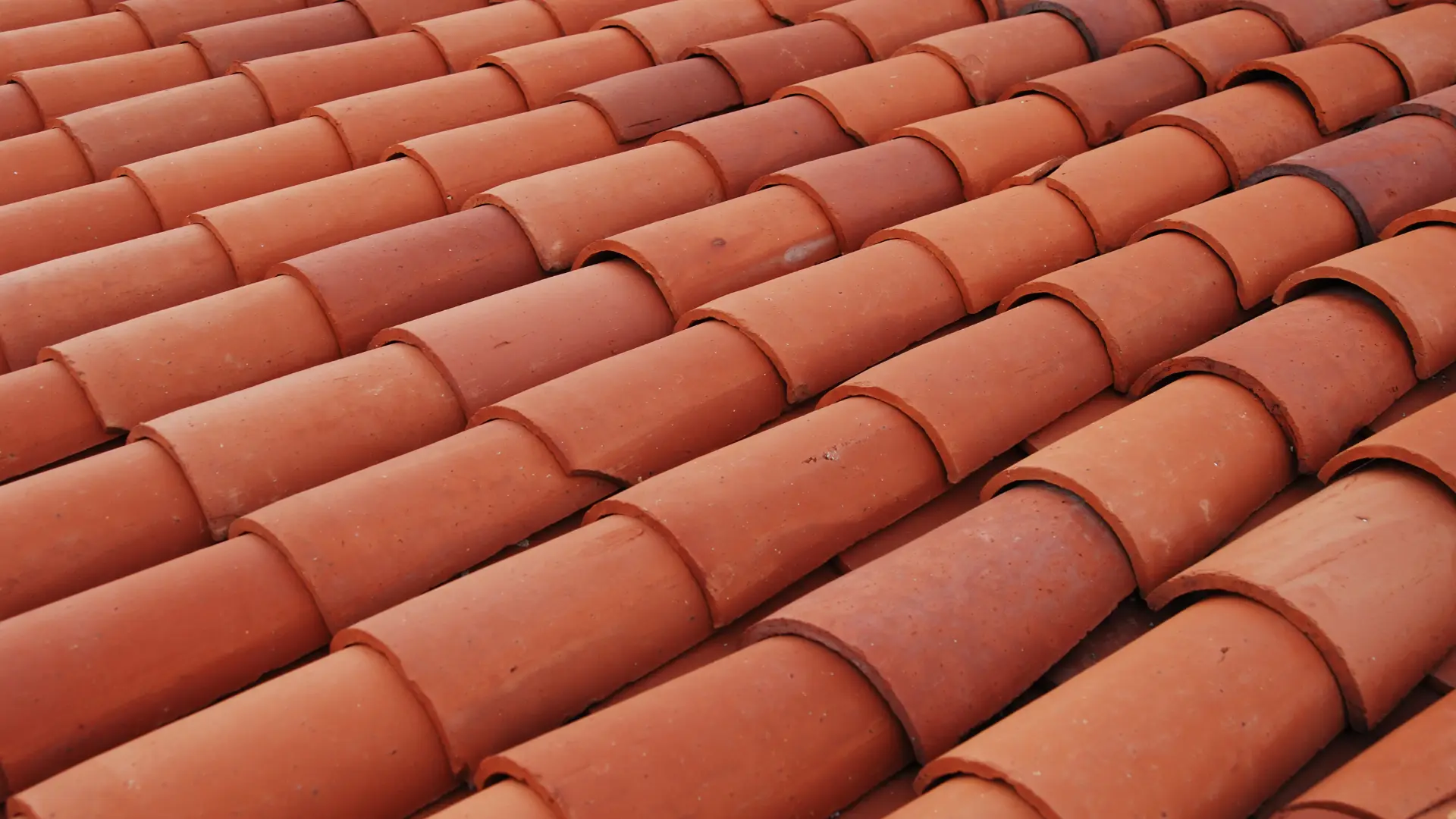
Delving into sustainable roofing materials and eco-friendly options introduces a realm of innovation and environmental responsibility for homeowners. Selecting the ideal roofing materials transcends mere durability and aesthetics; it embodies a profound commitment to our planet’s well-being while fortifying your home’s efficiency and resilience. These eco-conscious roofing material selections demonstrate a commitment to both style and sustainability, whether drawn in by the timelessness of reclaimed slate or the practical advantages of recycled shingles.
Let’s have a closer look at eco-friendly roofing materials:
Cool Roofs
A roof with a light or white hue, regardless of the material, is known as a cool roof. A cool roofing systems has an effect on your home by reflecting most of the sun’s rays. It reduces the need for daytime air conditioning, resulting in significant savings on summer energy bills.
Metal Roofs
Metal roofs are durable, reflective, and fully recyclable. Opting for metal roofing made from recycled materials and in a lighter shade enhances its eco-friendliness. These roofs can last up to 50 years and are fire-resistant, making them ideal for rainwater harvesting and preventing ice dam formation in snowy climates.
Wood Roofing Shingles
For a timeless appearance reminiscent of traditional wood roofing, opting for sustainable wood shakes sourced from responsibly managed forests is an excellent decision.
Clay Tiles
A Clay roof is made from baked clay tiles. They are known for their durability, natural insulation properties, and resistance to fire. Clay tiles come in various shapes, sizes, and colors, making them versatile for different architectural styles. They are typically used in warmer climates where their thermal properties help keep homes cooler. Clay tile, renowned for its durability, remain a popular roofing choice.
Slate Tiles
Slate roofs are made from natural slate stone, which is split into thin sheets. Slate roofing is prized for its elegance, longevity (often lasting a century or more), and resistance to weather and fire. It comes in different colors and textures, providing a luxurious and distinctive look to roofs. Slate roofs are more common in regions where the stone is locally abundant and valued for its durability and aesthetic appeal.
Recycled Shingle Roof
Shingles made from recycled materials like plastic, wood fiber, and rubber mimic the appearance of slate and cedar shakes. These eco-friendly shingles are durable, lasting over 50 years, and offer both aesthetic appeal and environmental benefits by reducing waste and energy consumption.
Green Roof
Installing a green roof has numerous benefits, especially in urban areas. It moderates heat, purifies the air, reduces rainwater runoff, enhances insulation, and adds natural beauty to your home’s appearance.
Rubber Roofing
Manufactured from recycled steel-belted tires and coated with ground slate for texture, rubber roofing is a resilient choice. Available in various colors, it withstands storms and extreme weather conditions, providing durability for up to 50 years.
How do you build a sustainable roof?
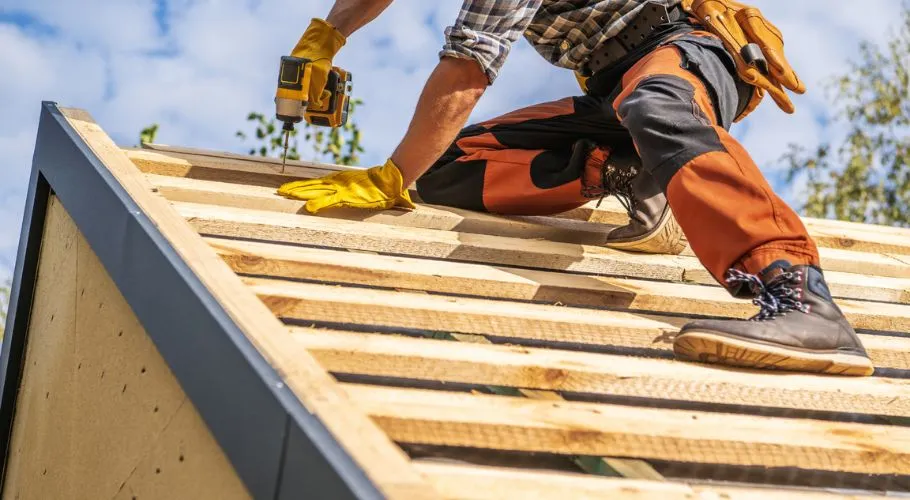
Building a sustainable roof involves several key principles:
- Choose eco-friendly materials such as metal, clay, wood, or recycled shingles.
- Optimize insulation to improve energy efficiency.
- Implement proper water management systems, like rainwater harvesting.
- Ensure durability and longevity to reduce replacement frequency.
Beyond Eco-Friendly Roofing Materials
Integrating sustainable roofing products and practices into your home not only helps protect the environment but also contributes to long-term savings and adds to the overall sustainability of your living space. Here are some extra eco friendly options you can incorporate to your home:
Energy-Efficient Appliances: Upgrading to appliances with high Energy Star ratings can significantly reduce energy consumption.
LED Lighting: Switching to LED bulbs lowers electricity usage and has a longer lifespan compared to traditional bulbs.
Water-Saving Fixtures: Installing low-flow faucets, showerheads, and toilets conserves water without sacrificing performance.
Smart Thermostats: These devices optimize heating and cooling based on occupancy and preferences, saving energy and reducing utility bills.
Natural Insulation: Using eco-friendly insulation materials like cellulose, wool, or recycled denim improves energy efficiency and reduces environmental impact.
Rainwater Harvesting Systems: Collecting rainwater for non-potable uses such as watering gardens reduces water consumption from municipal sources.
Green Building Materials: Choosing sustainable materials like bamboo flooring, reclaimed wood, or recycled glass countertops minimizes environmental footprint during construction or renovation.
Composting Systems: Setting up compost bins or systems for organic waste reduces landfill waste and produces nutrient-rich soil for gardening.
Vegetable Gardens or Greenhouses: Growing your own food reduces reliance on store-bought produce, lowers carbon footprint, and promotes sustainable agriculture practices.
Cool, Highly Durable, and Eco-Friendly: Choosing the Best Roofing Option
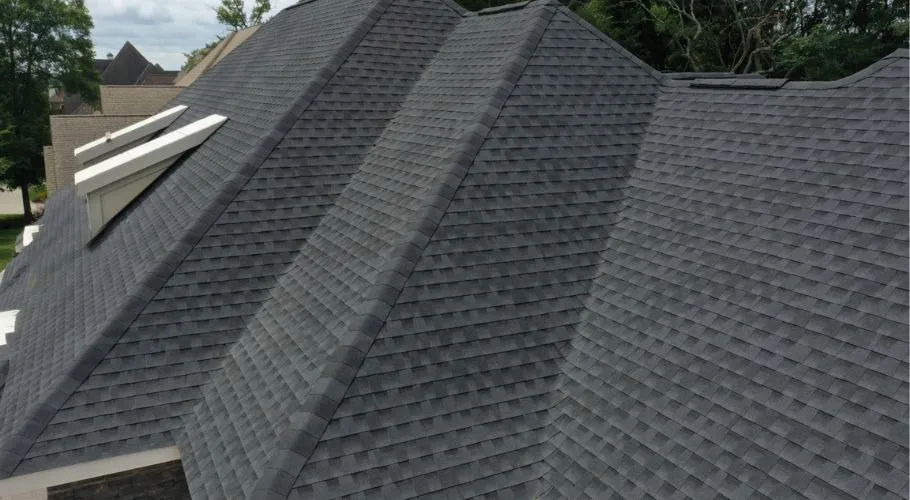
As you explore roofing options for your home, consider the benefits that extend beyond durability. Opting for a metal roof not only guarantees longevity and resistance to the elements but also contributes to reducing air pollution with its eco-friendly materials. Whether you’re drawn to the sleek appeal of metal or intrigued by the innovative potential of a living roof, Robbins Roofing is here to assist you in finding the perfect fit for maintaining a cool home environment while prioritizing environmental responsibility. Choose a sustainable roofing solution that aligns with your values and improves your home’s efficiency and appeal. For top-quality residential roofing in OKC, Robbins Roofing offers expert guidance and reliable service, ensuring you get the best roofing solution for your needs.
Keep that home cool with a cool roof from Robbins Roofing. Building owners environmentally friendly homes all across Oklahoma.
Call us today or send an email to go green!

